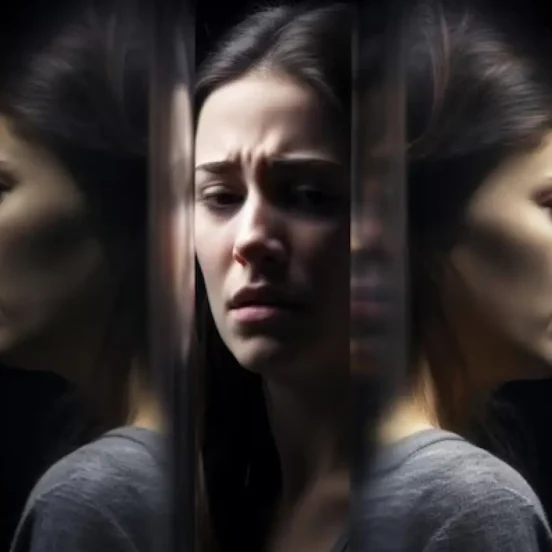Exploring the Onset of Schizophrenia in Females: A Comprehensive Insight
Schizophrenia, a complex and often misunderstood mental health disorder, has intrigued and challenged the medical community for decades. While it impacts both genders, the way it manifests and develops in females has unique aspects that merit closer examination. This blog aims to explore schizophrenia in females, focusing specifically on the critical question: When does schizophrenia typically develop in females?
Understanding Schizophrenia
At its core, schizophrenia is a chronic brain disorder characterized by distorted thinking, perceptions, emotions, language, sense of self, and behavior. It’s known for symptoms like hallucinations, delusions, and disorganized speech, which can severely impact a person’s ability to function and interpret reality.
Schizophrenia is typically diagnosed based on these symptoms, along with a person’s medical history and, in some cases, brain imaging or blood tests to rule out other conditions. Understanding schizophrenia’s basics sets the stage for exploring how it specifically affects females, which can differ significantly from its presentation in males.
Gender Differences in Schizophrenia
Research indicates notable differences in how schizophrenia manifests in males and females. These differences can be seen in the age of onset, symptom severity, response to treatment, and overall impact on life.
In general, males tend to show signs of schizophrenia earlier than females. They also often experience more severe symptoms, particularly in terms of cognitive impairment and negative symptoms like social withdrawal or lack of motivation. On the other hand, females with schizophrenia may have a later onset, and their symptoms can be more influenced by hormonal changes.
Onset of Schizophrenia in Females
One of the most striking aspects of schizophrenia in females is the age at which it typically develops. While males often experience the onset in late adolescence or early adulthood, females frequently show symptoms in their late 20s or early 30s. This difference in onset timing can have significant implications for diagnosis, treatment, and overall life trajectory.
Factors influencing the onset of age in females include genetic predisposition, environmental factors, and hormonal influences. The interplay between these elements can lead to an earlier or later onset of the disorder, making each case unique.
Symptoms and Signs in Females
In females, the symptoms of schizophrenia can be quite distinct. Women are more likely to experience:
Hallucinations and Delusions: While both genders experience these symptoms, females often have more detailed and complex hallucinations and delusions.
Emotional Symptoms: Women may show more emotional symptoms, such as inappropriate crying or laughing.
Later Onset of Negative Symptoms: Unlike males, females often develop negative symptoms like emotional flatness or lack of motivation later in the course of the illness.
These differences in symptoms can impact how schizophrenia is diagnosed and managed in females, emphasizing the need for gender-specific approaches in treatment.
Impact of Schizophrenia on Women’s Health
Schizophrenia can profoundly affect various aspects of a woman’s health:
Physical Health: Women with schizophrenia may face unique physical health challenges, including hormonal imbalances and weight gain due to medication.
Mental Health: The disorder can lead to increased stress, anxiety, and depression.
Social Impact: Stigma, social withdrawal, and challenges in maintaining relationships are common, often exacerbated by societal expectations and roles.
Understanding these impacts is crucial for providing comprehensive care to women with schizophrenia.
Treatment and Management for Females with Schizophrenia
Tailoring treatment for schizophrenia in females involves:
Medication:
Antipsychotic medications are the cornerstone of treatment, but dosages and choices might differ for females due to side effects and hormonal considerations.
Psychotherapy:
Therapy can help address emotional and social challenges unique to women.
Supportive Services:
These might include vocational training, housing assistance, and social skills development, catering to the specific needs of women.
A gender-sensitive approach to treatment can significantly improve outcomes for females with schizophrenia.
Conclusion
Understanding when schizophrenia develops in females and recognizing the unique symptoms and challenges they face is crucial. This knowledge not only aids in better diagnosis and treatment but also helps in
providing a more empathetic and effective support system. The journey of managing schizophrenia in females is not just about addressing the medical symptoms; it’s about understanding the whole person, considering the psychological, social, and emotional dimensions that are unique to women.















